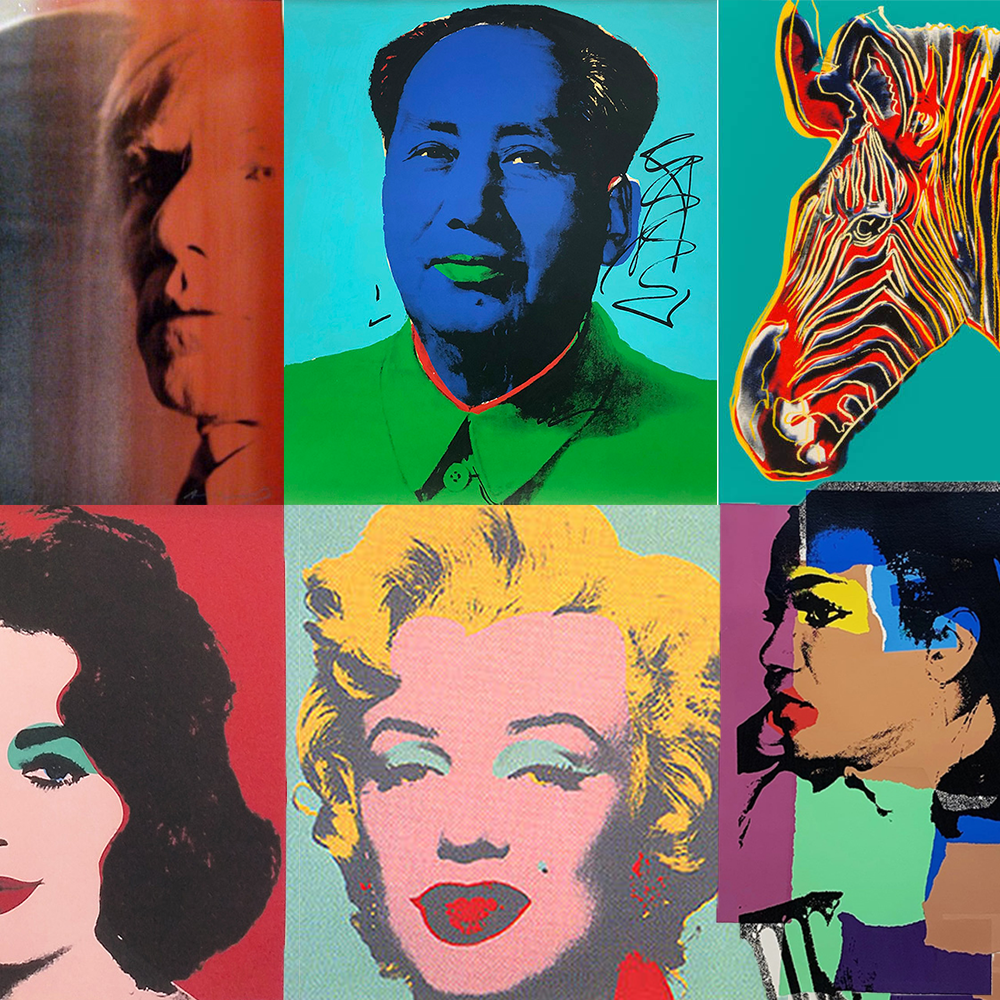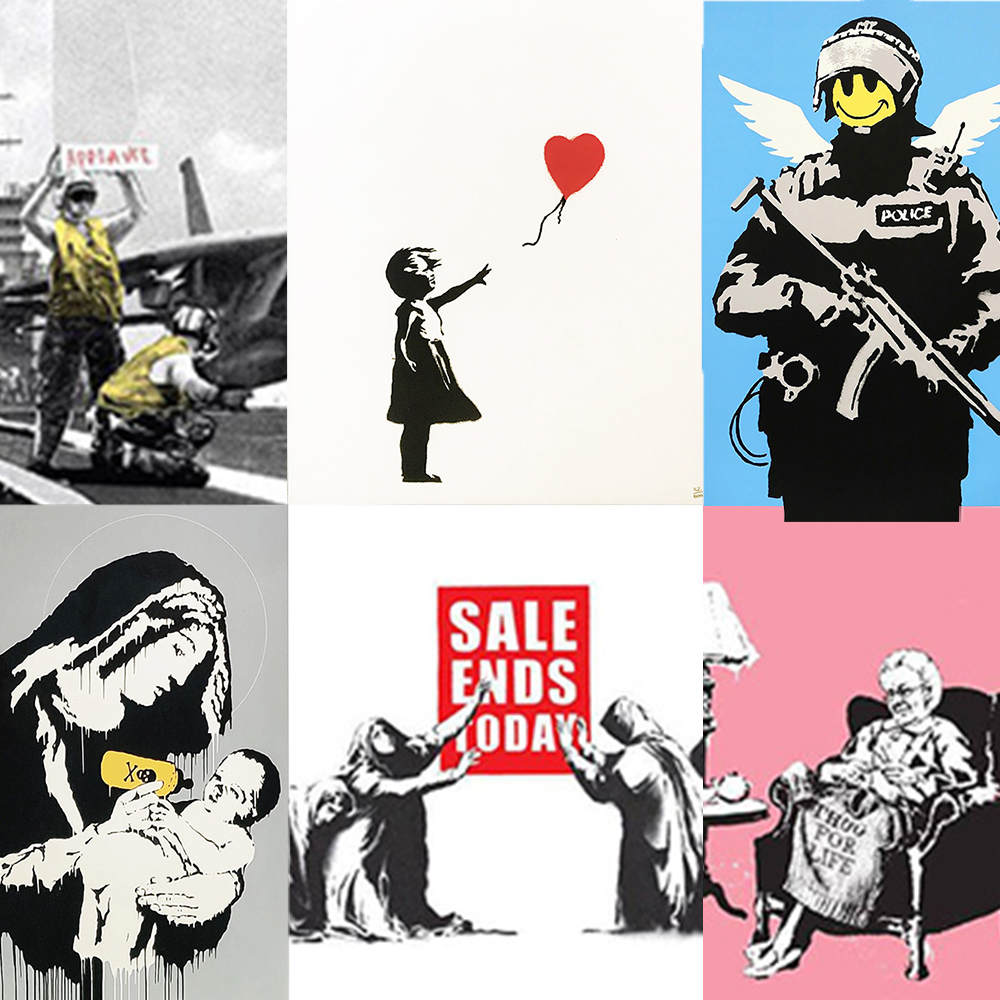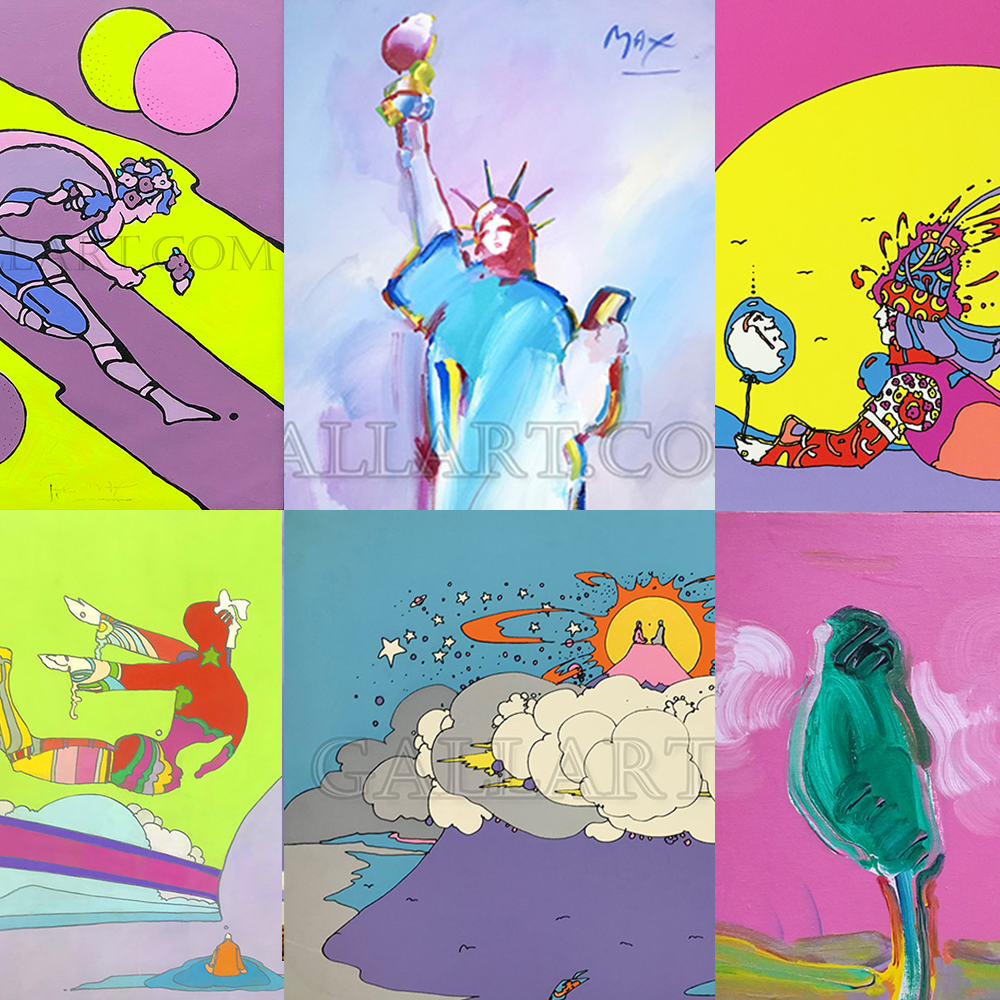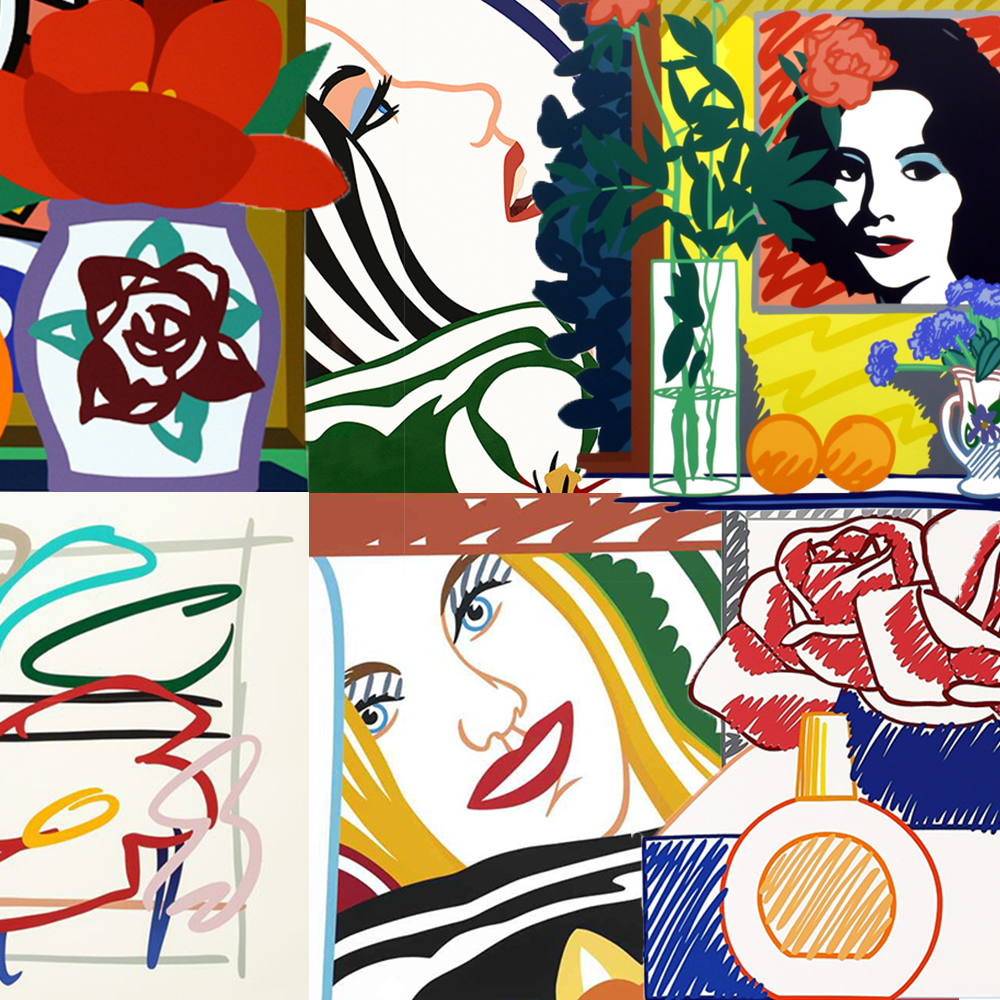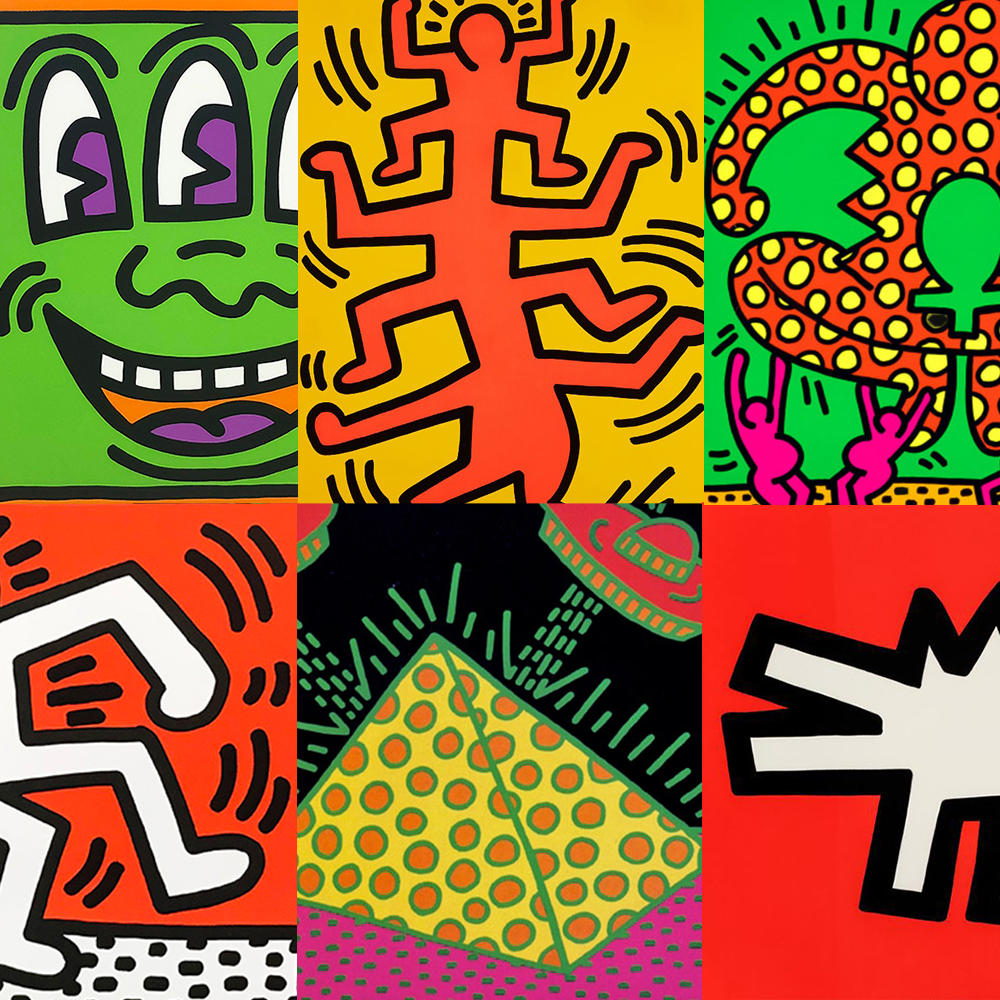LEROY NEIMAN

LEROY NEIMAN
ROULETTE | G30838
48 X 60 inches
Serigraph on paper
LeRoy Neiman was born on June 8, 1921 in St.Paul Minnesota to Charles Runquist, an unskilled laborer, and Lydia (serline) Runquist. His surname is that of one of his stepfathers; during his childhood his biological father abandoned the family, and his mother, whom he described to Jerry Tallmer for the New York Post (May 9, 1981) as “a very spirited woman, ahead of her times,” later remarried twice. Raised in a rough blue-collar St. Paul neighborhood, early on LeRoy Neiman became a “street kid,” in his words.
In 1942, Neiman quit school and enlisted in the United States Army. While serving as a cook for four years, with two of combat in Europe, he painted sexually suggestive murals in military kitchens and dining halls that reportedly generated enthusiastic responses from women as well as men. He also painted stage sets for Red Cross shows under the auspices of the army’s Special Services division. “If nothing else, the army completely confirmed me as an artist,” he wrote in his book LeRoy Neiman: Art and Life Style (1974). “During this period I made my crucial discovery of the difference between the lifestyles of the officer and the PFC [private first class]. This was to become the basis of my later mission in art, to investigate life’s social strata from the workingman to the multimillionaire. I discovered that while the poor I knew so well are so often pitiable, the rich can be fools.”
Describing Neiman as “first and foremost a colorist,” Malcolm Lein wrote, “his tones are vivid, jarring, and at times, gaudily biting; they explode in an effusion of reds, blues, pinks, greens, and yellows; they shimmer and dance across the surface plane, electrified bits of pure energy.” “Extremely important in my painting is the use of the same color for both positive and negative purposes…,” Neiman explained in a letter to American Artist that appeared in an article by William Caxton Jr. in the April 1961 issue.
Understanding the possibilities of one color next to another gives the artist complete control over the psychological impact he is striving to achieve... Inventive color essential.” “I do not depart from the colors borrowed from life,” he was quoted as saying in VIP Magazine, “but I use color to emphasize the scent, the spirit, and the feeling of the thing I’ve experienced.”

